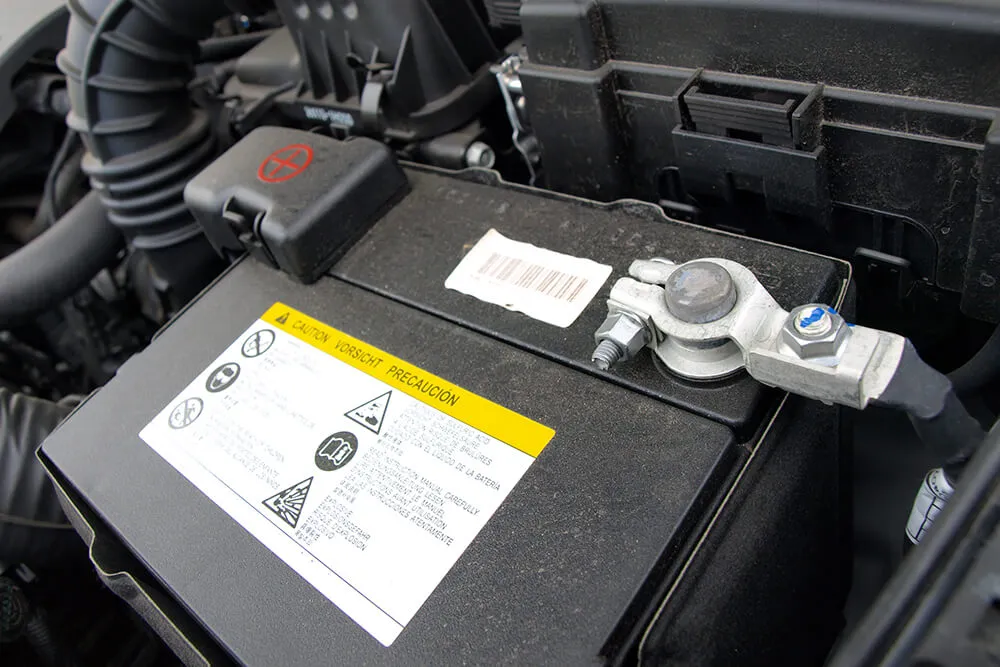As a responsible car owner, you want to ensure that your vehicle is in proper working order. One of the most critical parts you need to pay attention to is your car’s battery. This small component provides your car’s power to start, operate, and run smoothly. However, your battery may lose its charge over time, leading to slow or no-start problems. We will explore the different battery options, swaps, and charging methods to help you choose the best battery for your vehicle.
Understanding Different Battery Types
Before investing in a new battery, you must understand the different types available. The most common battery types you will encounter are lead-acid, AGM, and lithium-ion batteries. Lead-acid batteries are the most affordable and are suitable for most everyday vehicles. AGM batteries are more expensive but are known for their durability and ability to hold a charge longer. Lithium-ion batteries are the most expensive but are also the most advanced, offering a lighter weight, higher performance, and longer lifespan.
Battery Swaps vs. Battery Charges
If you are experiencing battery problems, you may need a battery swap or simply a charge. A battery charge can restore your battery’s energy levels, but it may need to be replaced if it is too old or damaged. A battery swap is a quick and easy solution that involves removing the old battery and replacing it with a new one. You can do this yourself or take your vehicle to a professional auto repair shop.
Pros and Cons of Battery Types
Each battery type has its pros and cons, and you should consider them before deciding. Lead-acid batteries are affordable, easy to find, and widely available. However, they require regular maintenance, are heavy, and may not last as long as other types. AGM batteries are more expensive but require less maintenance and are more durable. Lithium-ion batteries are the most costly but lightest and most powerful option. However, they may not be as reliable as other types, and repairs can be expensive.
Choosing the Right Battery
Consider your driving habits, climate, and budget to choose the correct battery. If you drive short distances frequently, you may want a lead-acid battery as they are better suited for this type of use. AGM batteries may be the best option if you live in a hot climate. Lithium-ion batteries may be a good choice if you value performance and have a higher budget.
Proper Battery Maintenance
Once you have selected the correct battery for your vehicle, follow proper maintenance procedures to prolong its lifespan. This includes checking the battery connections, keeping the terminals clean, and securing the battery. Regularly testing your battery’s charge levels and replacing it when necessary will ensure that your car is always in good working order.
Your car’s battery is one of its most critical components, and choosing the wrong one could lead to problems. By understanding the different battery types, battery swaps, and charging methods available, you can decide on the best battery for your vehicle. Always choose a reliable, high-quality battery, and follow the manufacturer’s recommended maintenance procedures to ensure your car runs smoothly for years.

